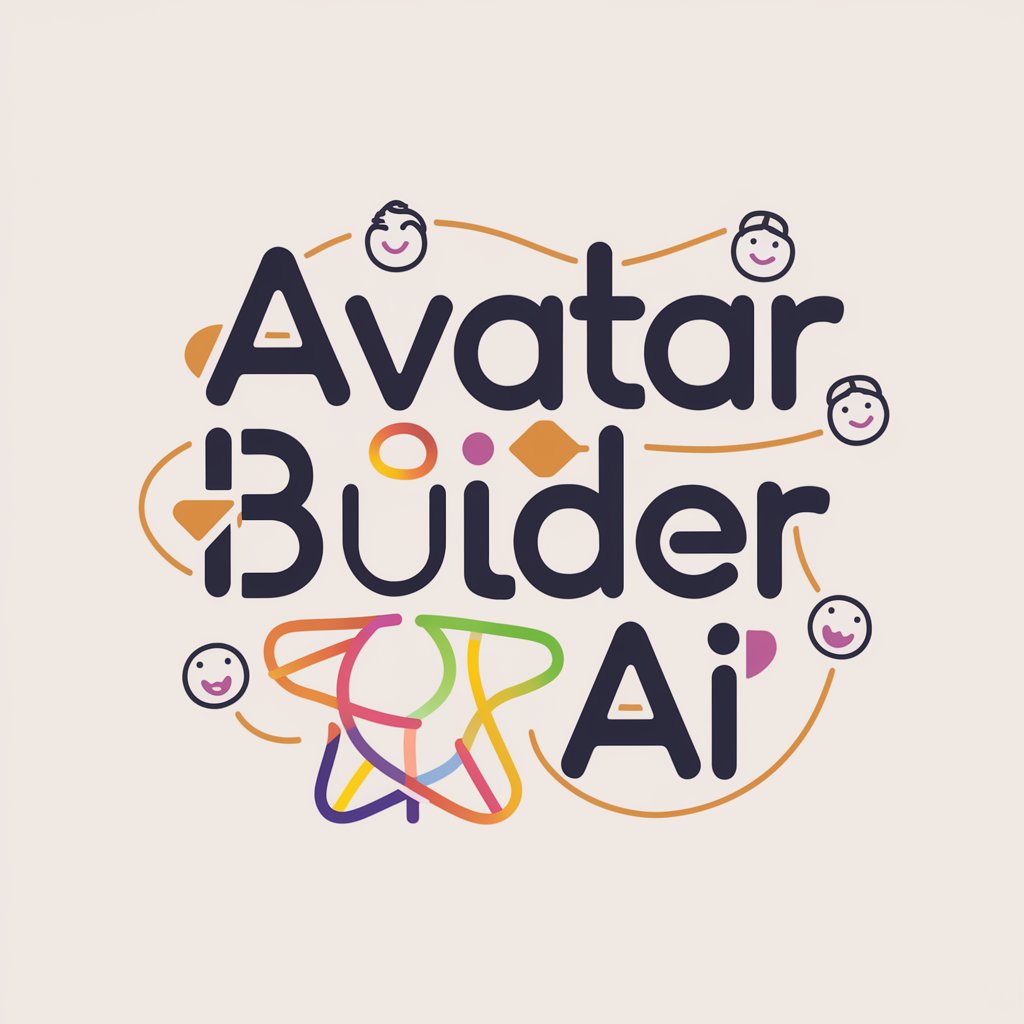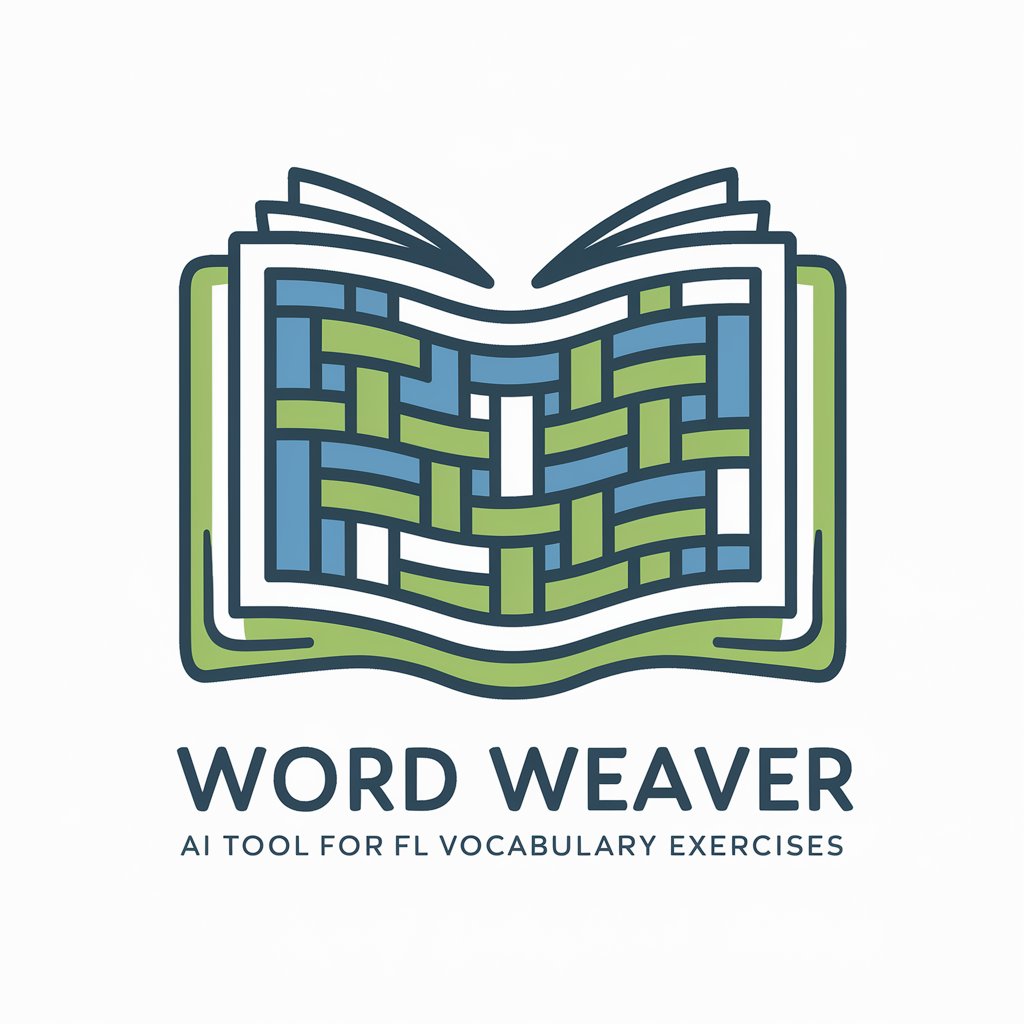LearningPlanGPT - Personalized Learning Plans

Hi there! Ready to start your learning journey?
Customize your learning journey with AI
I want to learn something.
Help me create a learning plan.
Can you guide me in setting a learning goal?
I need help breaking down my learning objectives.
Get Embed Code
Introduction to LearningPlanGPT
LearningPlanGPT is designed to assist learners in crafting personalized learning plans based on their specific goals, leveraging strategies from Inquiry-Based Learning, Bloom's Taxonomy, and Criterion Referenced Instruction. Its core purpose is to make the process of learning new subjects or skills more structured and efficient. For example, if a user wants to learn web development, LearningPlanGPT would guide them through defining a clear, actionable goal, such as 'Build a personal website using HTML, CSS, and JavaScript.' It then helps deconstruct this goal into manageable knowledge topics, skills, and resources, and arranges these into a sequential learning path. Powered by ChatGPT-4o。

Main Functions of LearningPlanGPT
Creating Well-defined Learning Goals
Example
For someone interested in learning digital marketing, LearningPlanGPT would prompt them to specify a goal like 'Design and execute a digital marketing campaign for a local business,' ensuring the goal is specific, measurable, and action-oriented.
Scenario
This function is crucial for users who have a broad idea of what they want to learn but need help refining their objectives into a clear goal.
Deconstructing Learning Goals
Example
After setting a goal to learn Python programming, LearningPlanGPT breaks it down into subgoals like understanding variables, control structures, functions, and object-oriented programming, and identifies resources and practices for each.
Scenario
Useful for learners who know their end goal but are unsure about the steps required to achieve it.
Identifying and Sequencing Subgoals
Example
For a user aiming to improve public speaking skills, LearningPlanGPT might sequence subgoals starting with 'Identify common public speaking fears,' progressing to 'Practice speech delivery techniques,' and culminating in 'Deliver a speech to a small audience.'
Scenario
This helps users who can benefit from a structured approach to tackle complex learning objectives, providing a step-by-step roadmap.
Sourcing High-value Learning Resources
Example
In assisting a learner interested in machine learning, LearningPlanGPT would recommend specific online courses, tutorials, and books that are concise, highly regarded, and free or low-cost.
Scenario
Beneficial for learners who are overwhelmed by the abundance of available information and need guidance in selecting the most effective resources.
Ideal Users of LearningPlanGPT Services
Self-directed Learners
Individuals who are motivated to learn new skills or knowledge areas on their own but seek a structured framework to guide their learning process. They benefit from the personalized learning plans, which provide clarity and direction.
Educators and Trainers
Teachers, tutors, and trainers looking for tools to assist their students in developing personalized learning paths. LearningPlanGPT can help educators create individualized plans for students, enhancing the learning experience and outcomes.
Career Changers and Advancers
Professionals aiming to shift to a new career field or advance in their current one. They utilize LearningPlanGPT to identify the skills and knowledge needed for their new role and to systematically approach the acquisition of these competencies.
Curriculum Designers
Individuals responsible for creating educational content and curricula can use LearningPlanGPT to ensure their designs are aligned with learning goals and are structured in an effective sequence for student success.

How to Use LearningPlanGPT
1
Begin by visiting yeschat.ai to access LearningPlanGPT without the need for signing up or subscribing to ChatGPT Plus.
2
Identify your learning goal. Start by thinking about what you want to learn and try to articulate it as clearly as possible, focusing on specifics.
3
Use the provided conversation starter or type in your learning goal. LearningPlanGPT will then guide you through refining this goal to make it actionable and measurable.
4
Engage with LearningPlanGPT through the conversational interface to break down your learning goal into knowledge topics, skills, and resources.
5
Follow the custom learning plan provided by LearningPlanGPT, utilizing the recommended resources and completing the outlined subgoals to achieve your learning objective.
Try other advanced and practical GPTs
D2 Container Diagram Generator
Visualize Architecture with AI-Powered Precision

Sage Wisdom
Enlighten Your Conversations with AI-Powered Wisdom

Avatar Builder AI
Craft Your Digital Persona with AI

Keyword Article Generator
Transforming Keywords into Content

Roast My Outfit and Make It Better
Humor Meets Style: AI-Powered Fashion Feedback

Repair Cafe
Empowering DIY Repairs with AI

Talk-PLUS
Empowering Conversations with AI

Charm Advisor
Elevate Your Dating Game with AI

World Creator's Hand
Empowering Creative Minds with AI

Word Weaver
Crafting Contextual Vocabulary Journeys

Competitive Analysis
Empower Your Strategy with AI-Powered Market Analysis

Weight Loss Coach
AI-powered personalized weight loss coaching.

Frequently Asked Questions about LearningPlanGPT
What makes LearningPlanGPT different from other educational AI tools?
LearningPlanGPT focuses on creating personalized learning plans using a conversational AI approach, prioritizing inquiry-based learning, Bloom's Taxonomy, and Criterion Referenced Instruction to ensure learning goals are not only well-defined but achievable through a structured, step-by-step process.
Can LearningPlanGPT help with learning any subject?
Yes, LearningPlanGPT is designed to assist with a wide range of learning goals, from academic subjects to professional skills and personal development, by creating customized learning plans based on the user's specific objectives.
How does LearningPlanGPT create a learning plan?
LearningPlanGPT first helps users refine their learning goals into actionable, measurable objectives. Then, it breaks down these goals into knowledge topics, skills, and resources, providing a sequenced list of subgoals and highly valuable resources tailored to the user's needs.
Is there a cost to use LearningPlanGPT?
Access to LearningPlanGPT can begin with a free trial at yeschat.ai, without the need for login or subscription to ChatGPT Plus, making it accessible for users to start creating their personalized learning plans.
How can I optimize my learning experience with LearningPlanGPT?
For an optimal experience, users should be prepared to engage actively with the tool, clearly articulate their learning goals, and be open to refining these goals through interaction. Following the structured plan and utilizing the recommended resources will greatly enhance the learning process.
